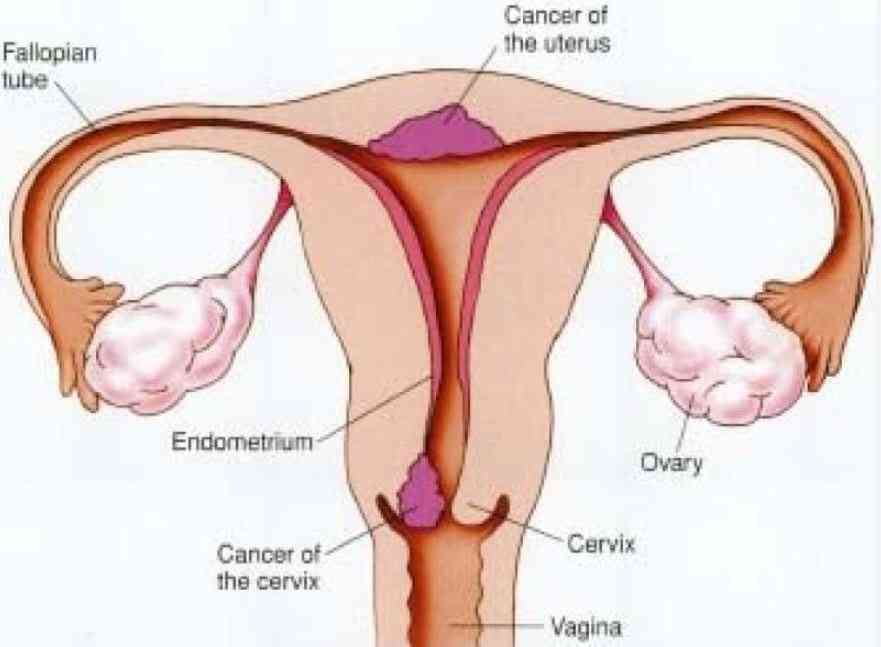
A decline in the consumption of githeri and ugali in favour of white rice and wheat products has been linked to the current rise of lifestyle disease.
Kenyan researchers have traced the explosion of heartdiseases, hypertension and diabetes in Kenya to the period 2001-2008.
Researchers Edward Michieka Onyango of Johns Hopkins School of Public Health and Benjamin Moranga Onyango of Missouri State University (both from the US), demonstrate that the same decade marked a decline in maize consumption and a rise in supply of rice and wheat.
Eating habbits
Data by the two also concur with the World Bank’s 2016 Kenya Country Economic Memorandum which showed this decade to have been a period of rapid economic growth.
The memorandum shows the economy to have grown from one per cent in 2002 to seven per cent in 2007.
“This is the only episode of five-year accelerating growth in independent Kenya’s history and it was also the first time since 1986 that GDP growth reached seven per cent,” the memo reads.
The growth however flattened in 2008, picking up to 8.4 per cent in 2010, and afterward slowing to a healthy five to six per cent.
The World Bank report shows the good economic fortunes to have been driven by the more ‘sedentary’ service industry while there was stagnation in the more activity oriented agricultural and forestry jobs.
The new-found wealth, the two researchers say, had a profound impact on the health of Kenyans.
Citing the Kenya Statistical Abstracts of the Kenya National Bureau of Statistics, they show a period characterised by a rapid rise in the incidence of heart disease, starting in 2001 and hypertension and diabetes starting in 2008.
The rise of especially hypertension and diabetes during this period, the duo says, was accompanied by a rise in per capita GDP and physical inactivity.
The physical inactivity was measured by increased urbanisation during the period and declining proportion of agricultural and forestry wage jobs.
Further data analysed by the duo shows the new wealth had a big impact on what Kenyans were eating.
The wealth, the authors say, had also triggered a rise in the supply of rice, wheat and its products, and cooking oils but a decline in maize.
Maize, the preferred and staple food of Kenyans, the study explains, is commonly eaten as a whole ground meal in the form of ugali, porridge or githeri.
But over the years, the study traces a decline in supply of maize accompanied by the increase in supply of the more refined carbohydrates in the form of rice and wheat and its products.
Rice in Kenya is largely eaten boiled while wheat is consumed as deep-fried mandazi and pan fried chapati.
The decline of maize consumption and rise of rice and wheat, the authors say, was also accompanied by a dramatic rise in the production and use of cooking oil.
Using cooking oil production and trade data, the duo shows the output of fats to have shot up dramatically after 1999, a period of rapid rise in diabetes and hypertension in Kenya.
“This could imply a possible association of the incidence of these non-communicable diseases with the high fat intake,” says the study appearing in the Journal of Epidemiology and Global Health.
“This was the period when Kenyan towns experienced an explosion of chips and fried chicken dens at every corner,” says Dr Kenneth Wameyo, a veterinary surgeon.
The 2001-2010 decade has also been associated with the setting in of high rates of overweight and obesity in Kenya.
Rising obesity
“Kenya has observed a dramatic increase in obesity in a very short time. For instance, women with obesity increased from seven per cent to 13 per cent between 2009 and 2015. The rate of obesity among women in the country has reached epidemic proportions,” says the Ministry of Health in its recent review of the Kenya Health Sector Strategic Plan.
The review also told of alarming rates of outpatient cases with lifestyle related high blood pressure and diabetes.
 The Standard Group Plc is a multi-media organization with investments in media
platforms spanning newspaper print
operations, television, radio broadcasting, digital and online services. The
Standard Group is recognized as a
leading multi-media house in Kenya with a key influence in matters of national
and international interest.
The Standard Group Plc is a multi-media organization with investments in media
platforms spanning newspaper print
operations, television, radio broadcasting, digital and online services. The
Standard Group is recognized as a
leading multi-media house in Kenya with a key influence in matters of national
and international interest.











